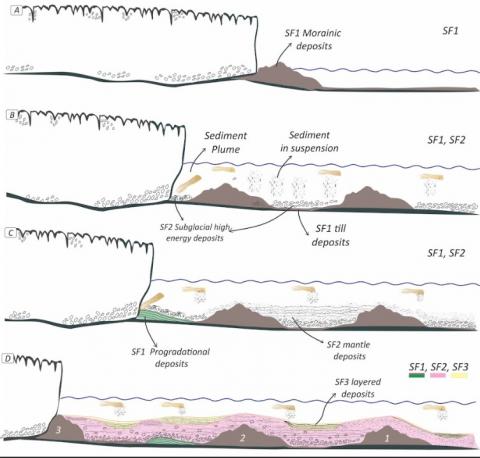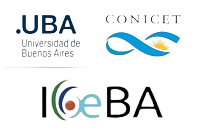F. B. Restelli, J. G. Lozano, D. M. Bran, S. Bunicontro, E. Lodolo, A. A. Tassone, J. F. Vilas
2 024
Journal of Quaternary Sciences, Volume39, Issue5 July 2024 Pages 765-780
Lago Viedma is a proglacial lake into which the Viedma Glacier flows from the Southern Patagonian Ice Field. This glacier has rapidly lost mass in recent times, and its deglacial history is reflected in the lake's subsurface. New high-resolution multi-channel seismic profiles acquired in the northwestern sector of the lake have allowed us to reconstruct the bathymetry of the area and identify several small sub-basins, which have a maximum depth of 240 m in this sector. Four seismic facies have been recognized, separated by erosional unconformities, reflecting the depositional conditions in this sector of the basin during different Quaternary sedimentation phases. There is a transitional phase from ice-contacted deposits to subglacial deposits, probably associated with a subglacial fan, and finally a phase of lacustrine sedimentation. In addition, three depositional stages were identified within the lacustrine deposits, indicating a different sedimentary input, and the morphologies observed at the lake bottom suggest the existence of at least ten stagnations of the glacial margin. This study helps to improve the history of the retreat of the Viedma Glacier in this area during the Pleistocene/Holocene and provides a basis for further geophysical measurements aimed at mapping this remote lacustrine environment.

